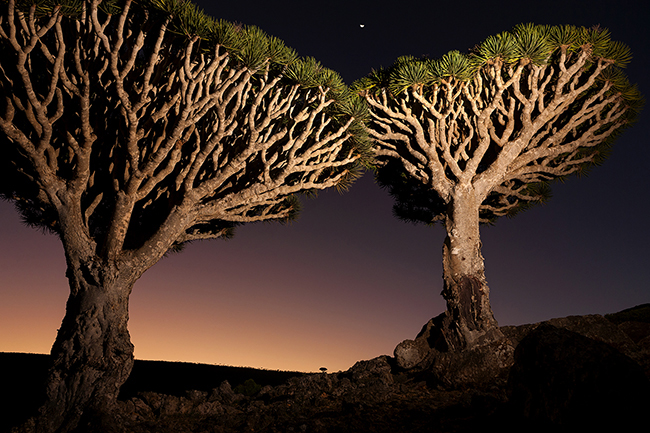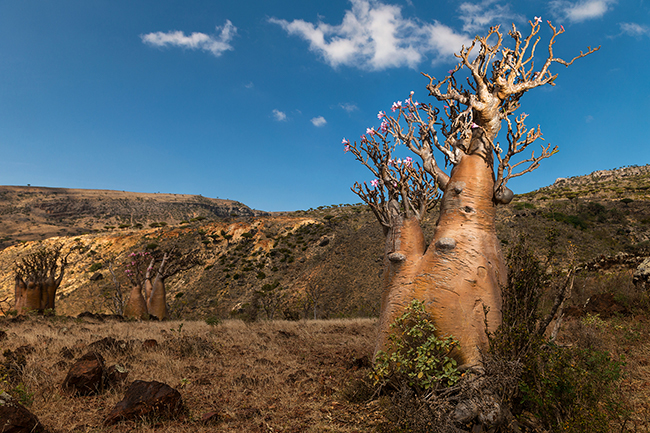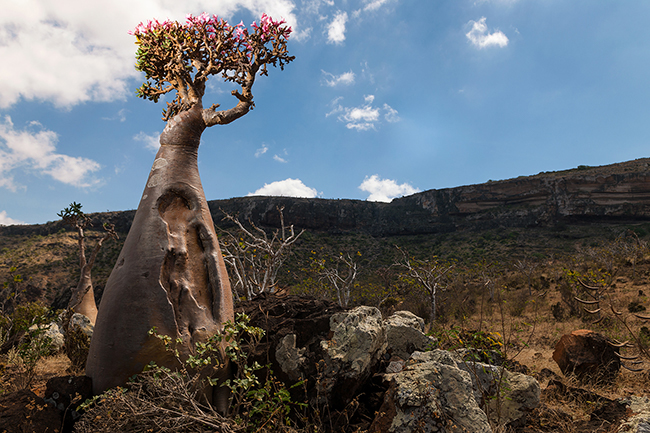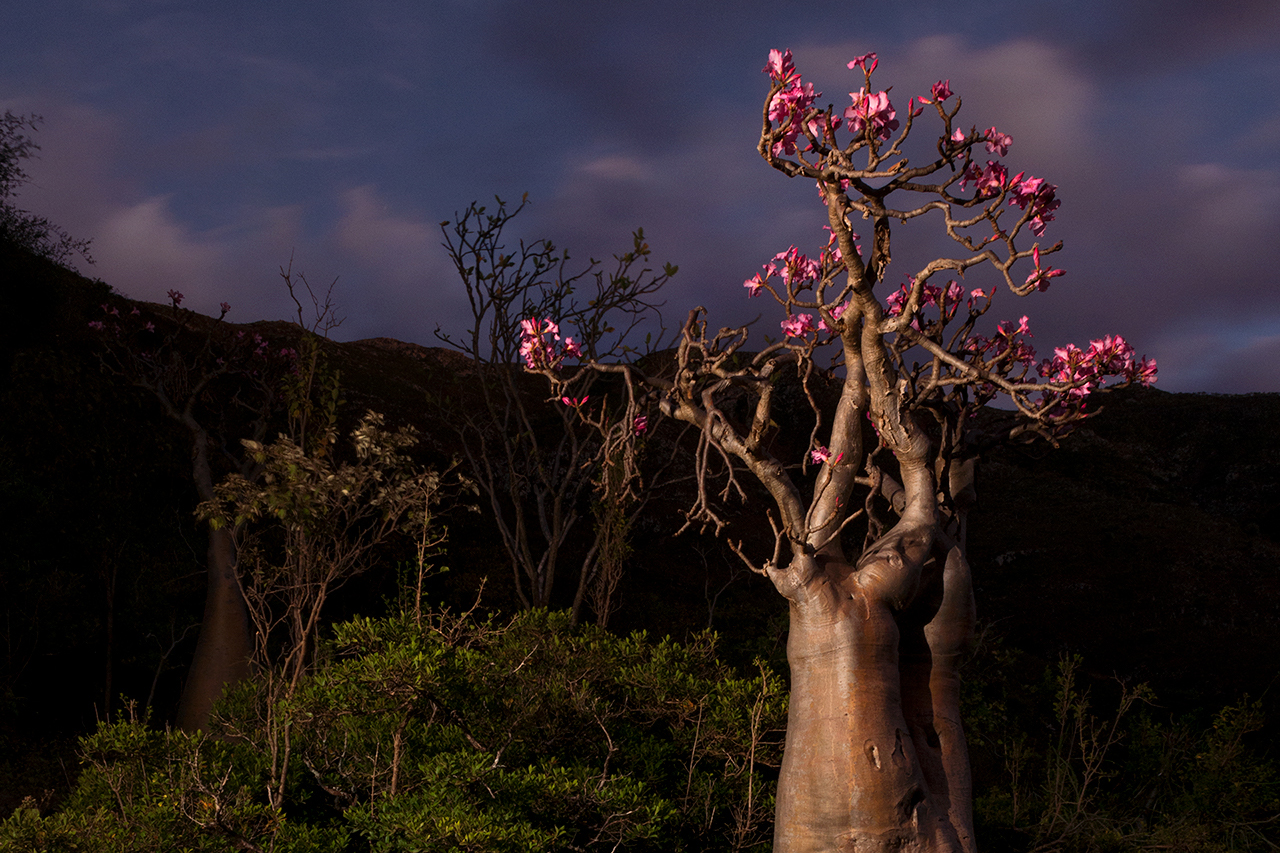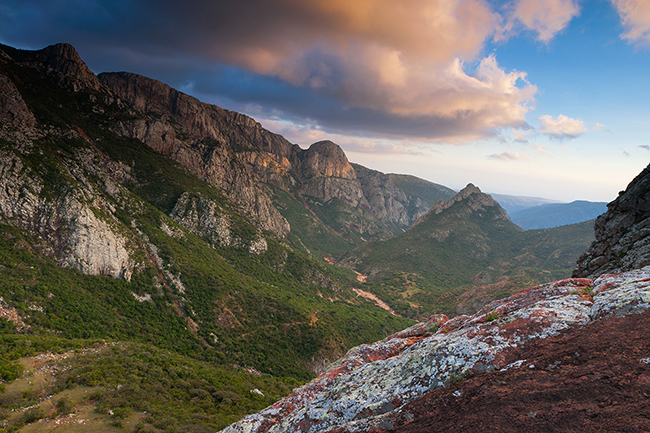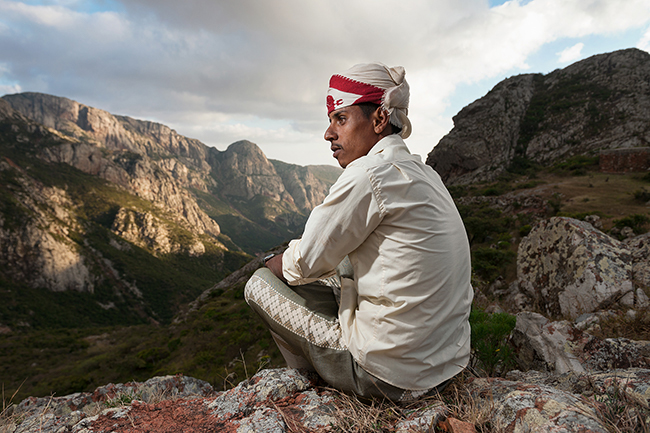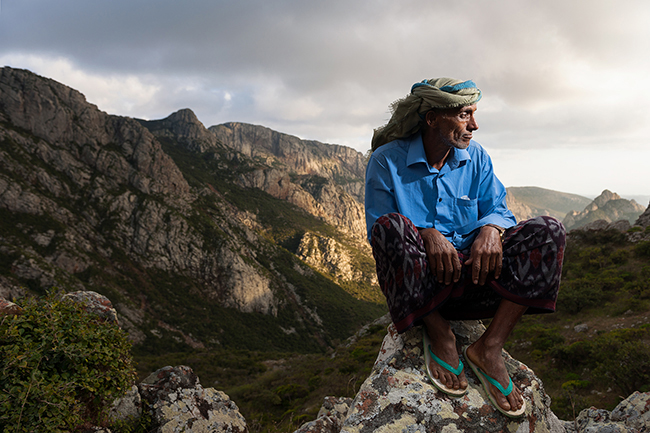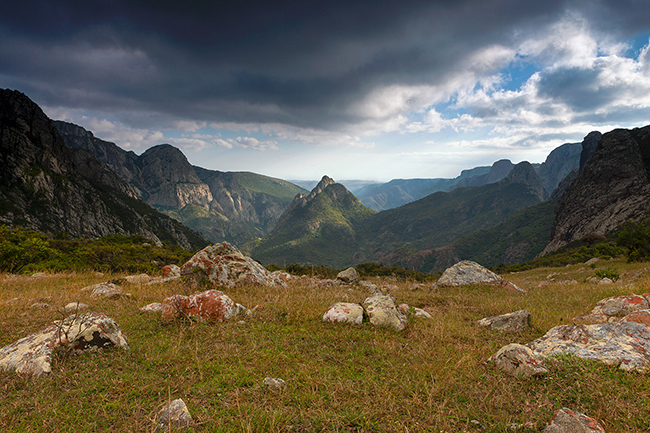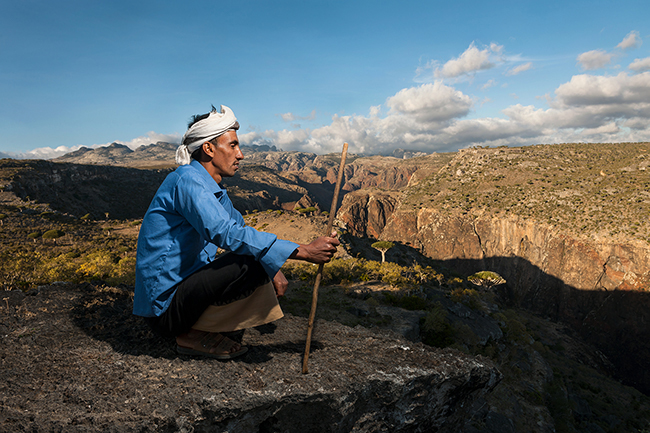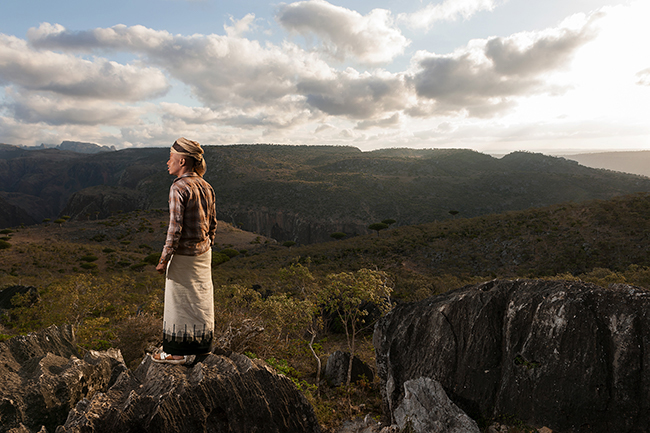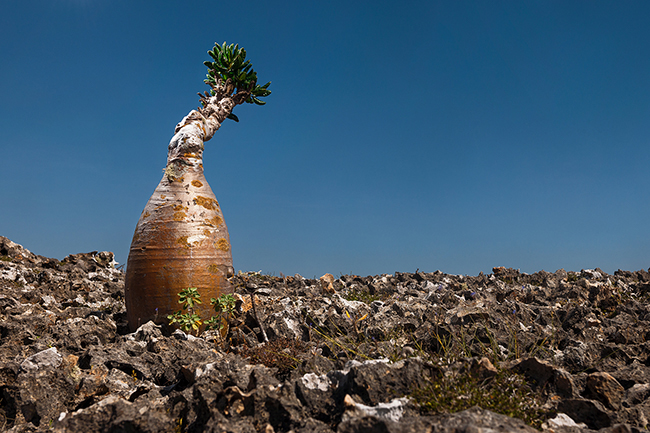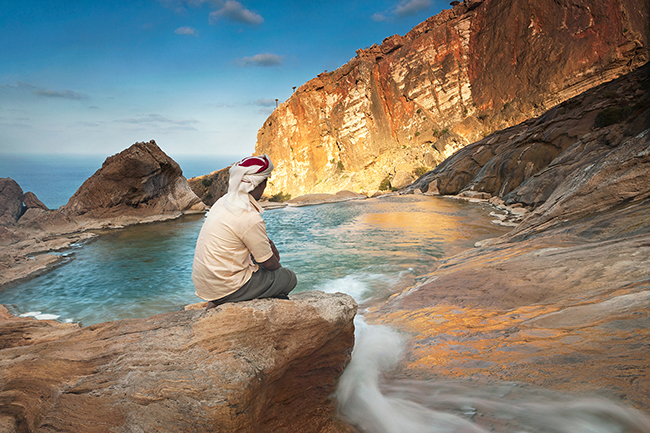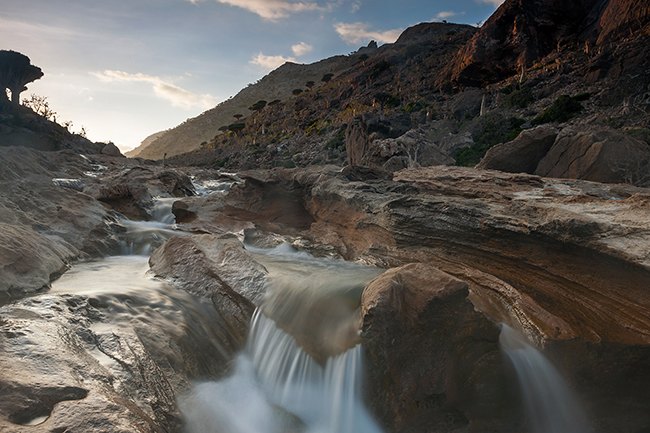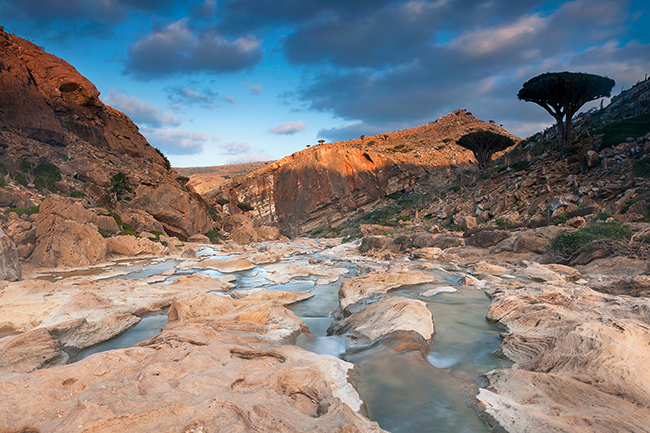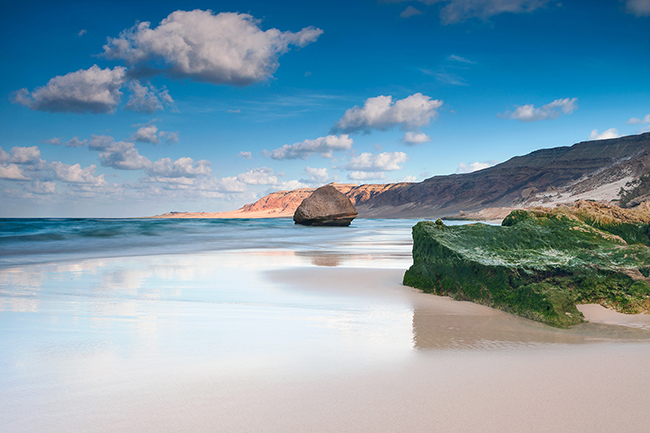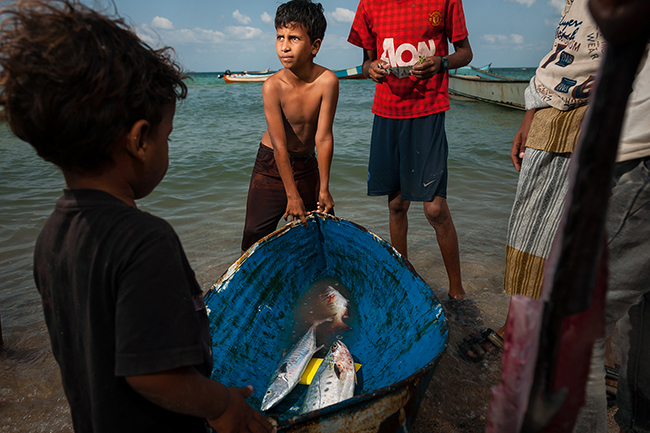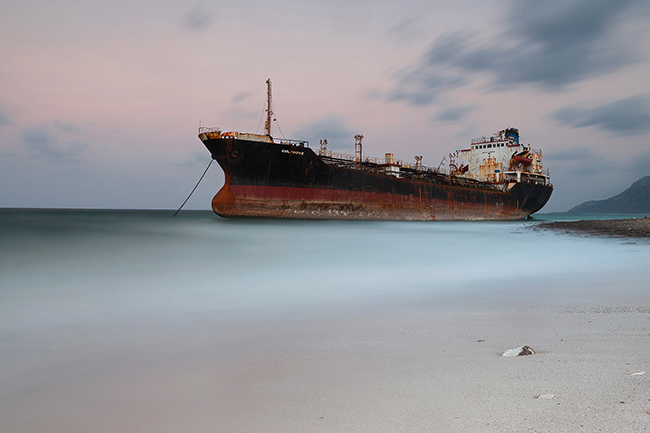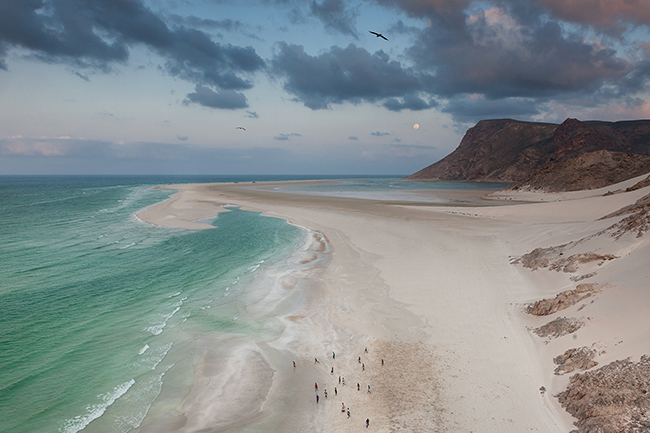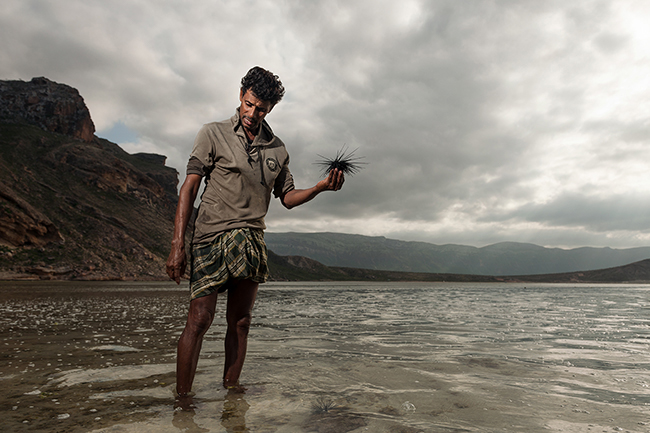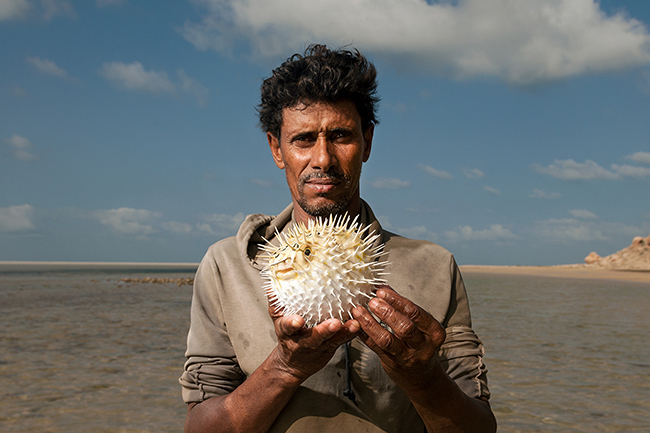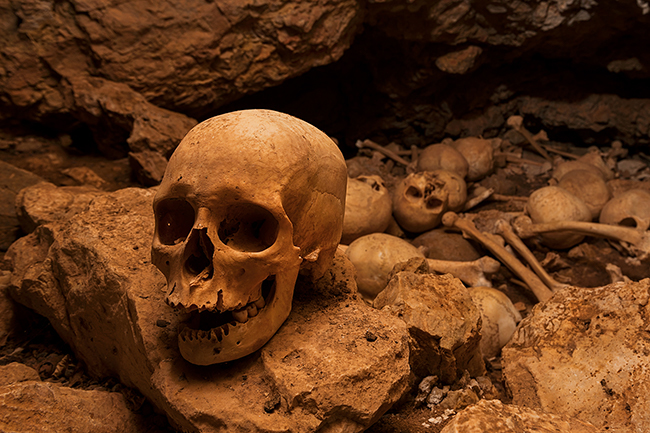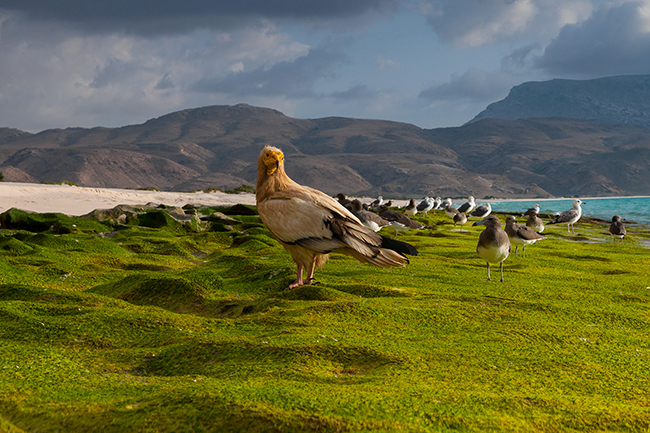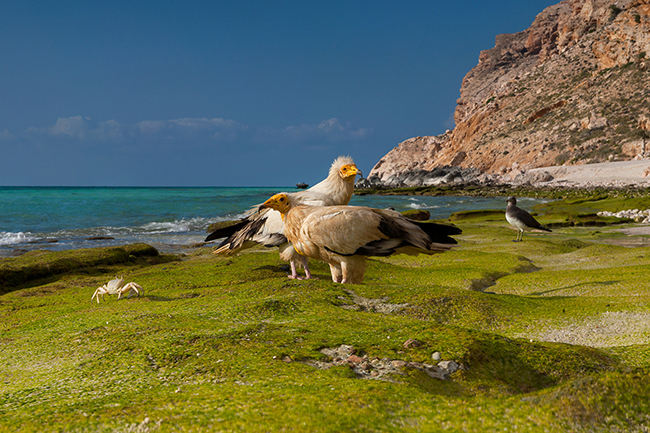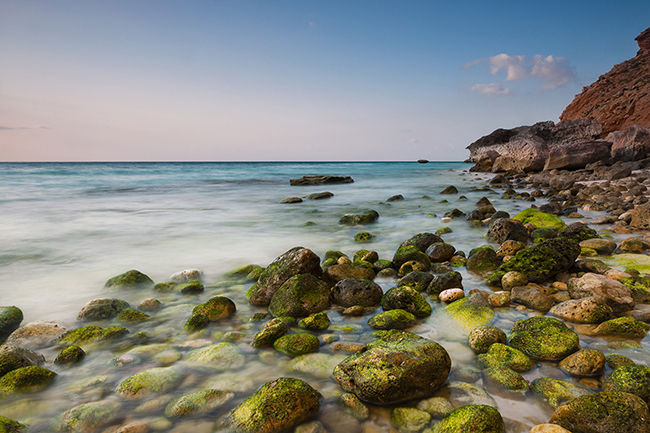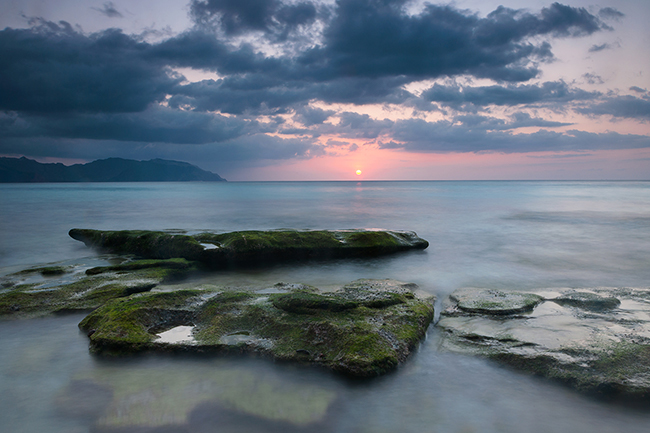Yemen
Socotra: the blessed island
Socotra: the blessed island
Where: Socotra (Yemen)
When: 2020
This piece of Yemeni land, located in the Indian Ocean, off the Gulf of Aden, has long remained the secret of merchants and explorers. The "Galapagos of the Indian Ocean" is an exceptional place full of thousand legends, starting with the one linked to its name: the word Socotra would derive from a Sanskrit expression "dvipa sukhadhara", meaning "the blessed island".
However, at first glance, the land is arid and rocky. The dark cliffs are lost in the clouds, and Egyptian vultures are flying above strange and singular plants. Socotra gives itself a look of inhospitable land as if it wanted to keep its fabulous landscapes hidden or keep the secret of its flora and fauna from another age. This 140 by 40 kilometer piece of land, which broke away from the Horn of Africa thirty million years ago, is considered as "a precious ark of Noah", "A masterpiece work of evolution" by experts that described the archipelago in 2008 when it was registered on the UNESCO World Heritage List.
Due to its isolation, Socotra has become a treasure house of biodiversity: on the 825 plant species identified, 307 are endemic, a rarity on a global scale. The most famous gem is called "Draceana cinnabari", aka dragon blood tree.
It is the important variety of resin trees that would have pushed Bedouin tribes of South Arabia to settle on this archipelago lost in the Indian Ocean, a thousand years before our era. Some writings claim that in the 4th century BC, Alexander the Great wanted to conquer Socotra to be able to extract a local myrrh, which would heal the wounds of his soldiers.
The magical virtues of those trees have declined over the centuries, but Socotra has long remained a mysterious stopover in the eyes of merchant navigators.
In his travel stories, Marco Polo spoke with fear about the inhabitants of Socotra "Capable of blowing the wind they want and make the sea calm or make great storms...".
The wind always sculpted the landscapes of the island and dictated its law to the inhabitants. But since 2015, the archipelago has been hit by cyclones almost every year and floods are now common during the dry season. Socotra is now on the frontline of climate change, and both its inhabitants and its fragile ecosystem are facing shifting seasons.
The cyclones and the heavy rains uproot a huge amount of trees and plants, and the rock-slides have changed the landscapes invariably, particularly in the mountain.
As these extreme weather conditions have become more frequent and more damaging, plant and animal species are more at increased risk of extinction. Species conservation and rehabilitation programs have become a necessity to keep alive this "precious ark of Noah".
Also, as the island infrastructure was not prepared for such storms, many houses and buildings have been destroyed. Environmental pressure has led many people to leave their traditional homes to settle in and around Hadibou, the capital city of Socotra.
Now, the challenge looks like finding a proper way to improve living conditions for its disaster-prone population without ruining the delicate eco-balance of the island.
Another sign that times are changing, the Socotrans are expressing their growing independence desire and wonder: "To be part of Yemen or to obtain autonomy?". The idea is not new, but since the beginning of a complex civil war on the mainland involving several regional actors, the question has arisen more and more.
The military intervention lead by Saudi Arabia and United Arab Emirates (UAE) coalition contributed to the creation of various movements inside Yemen and also in Socotra.
Currently, different forces are pursuing an influence and implantation strategy on this strategic maritime crossroad that is Socotra. On one side, are the ones in favor of a united Yemen supported by Saudi Arabia. On the other side, are the partisans of a two states solution in which Socotra would be integrated into South Yemen, supported by the UAE. And finally, the supporters of a federal state solution in which Socotra would once again become a sultanate.
As the economic situation deteriorates due to the war, and because there are more and more foreign investors, the environmentalists’ camp is declining in favor of the supporters of “development at any cost “. That is why some families have already sold pieces of their land to Gulf countries’ investors.
For the moment, no construction has emerged, but with time, Socotra the blessed island could become a lost paradise.

